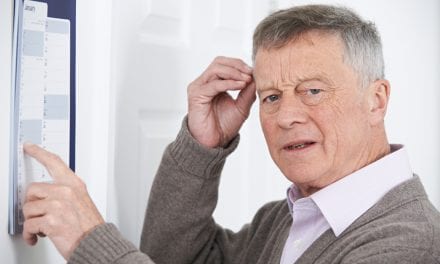The growing sleep apnea patient base is a pivotal factor that drives the sleep apnea device market, reports Data Bridge Market Research.In its report, North America Sleep Apnea Devices Market, Data Bridge says that due to rising obesity and the association of morbidities such as drug-resistant hypertension, congestive heart failure, type 2 diabetes, stroke, and others, the sleep apnea patient pool is likely to grow in the near future.
The gradually increasing awareness with regards to sleep apnea and available diagnostic/therapeutic options is another significant factor that is slated to increase the growth of this market. Rising alertness of the benefits of these treatments and risks associated with sleep apnea has managed to educate the stakeholders. Riding on the efforts of sleep apnea device manufacturers, awareness levels among primary care givers, sleep specialists, and patients is gradually rising. Various firms and organizations are engaging themselves in social awareness campaigns and educational workshops to increase the awareness of the disease among physicians and the general public.
The market is segmented into product type diagnostic and treatment devices. In 2016 the treatment devices segment is expected to dominate the market, Data Bridge predicts.
Based on geography, the North America sleep apnea devices market is segmented into 3 countries: United States, Canada, and Mexico. The United States is expected to dominate the market, followed by Canada. The United States is also expected to grow at the highest compound annual growth rate (CAGR) owing to the increasing trend of awareness of sleep treatment and favorable reimbursement scenarios, Data Bridge states.
Earlier, in May 2010, Philips Respironics (The Netherlands) launched a sleep apnea website—”Partners in Training”—which empowers healthcare providers and physicians with the medical knowledge and clinical skills required to manage sleep apnea. These awareness initiatives undertaken by stakeholders are likely to increase the demand and adoption of sleep apnea diagnostic and therapeutic devices in the near future. In-depth profiling of key players have been conducted along with their recent developments (new product launches and partnerships, agreements, collaborations, and joint ventures) and strategies adopted by them to sustain and strengthen their position in the North American sleep apnea devices market.




